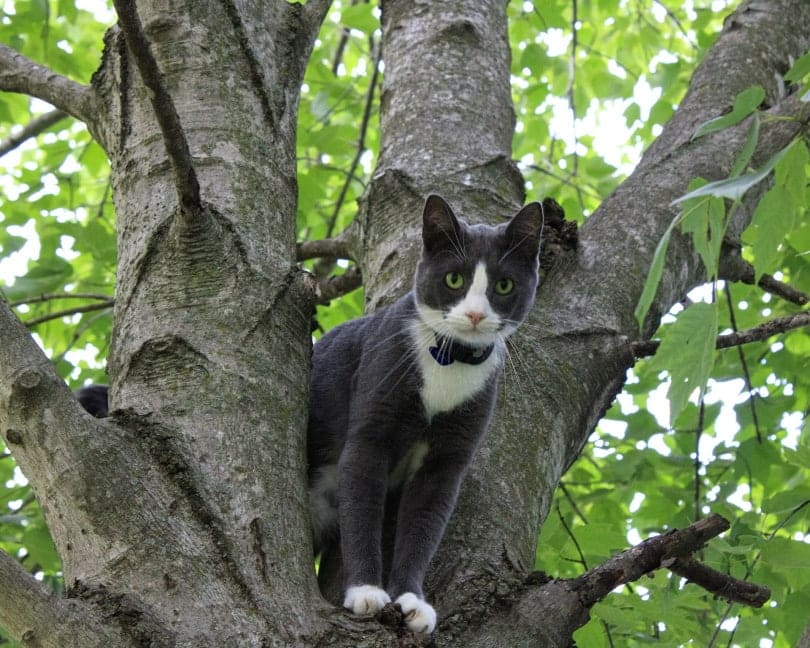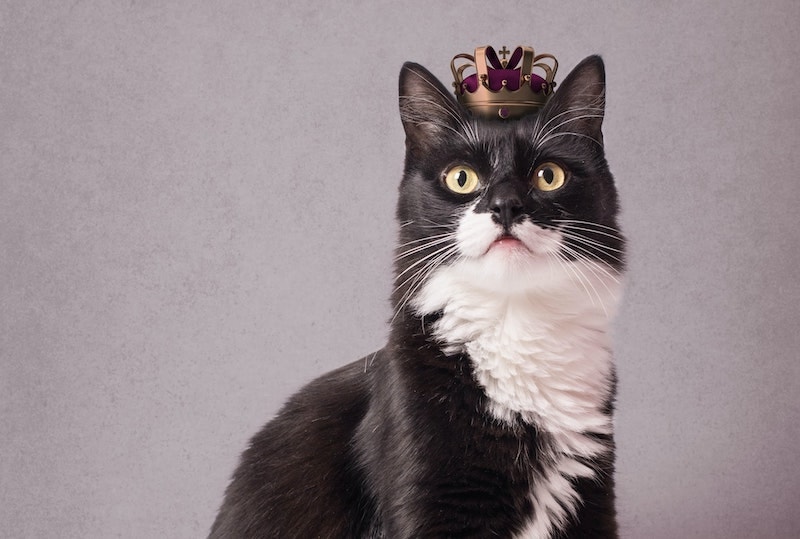Tuxedo cats always look like they’re dressed for a fancy party, so it’s only appropriate that they get their own special day every year. You might be surprised to learn how many “cat holidays” are celebrated during the year. National Tuxedo Cat Day is celebrated on November 29.
Keep reading to learn how you can celebrate National Tuxedo Cat Day, along with some general knowledge about tuxedo cats, including how they come by their unique color pattern!
How to Celebrate National Tuxedo Cat Day
National Tuxedo Cat Day is the perfect opportunity to show off your pet if you’re the proud owner of one of these well-dressed felines. You can post cute photos to all your social media channels or make videos with your cat. You might even be able to find a contest or giveaway for your kitty to enter.
Cat holidays serve an important purpose beyond just an excuse to bombard your followers with photos. Shelters and rescue groups often use National Tuxedo Cat Day to highlight adoptable kitties within their organizations.
If you want to celebrate by making a difference, consider donating or sponsoring a tuxedo cat in need of adoption. You could also volunteer for the day at your local shelter. Those looking for a more long-term commitment could look into becoming a foster home for adoptable tuxedo cats.

All About Tuxedo Cats
Like calicos or tortoiseshells, tuxedo cats aren’t a specific breed but a color pattern. Tuxedo cats are bicolor or two-colored cats that are traditionally black and white. While there can be some variations to this pattern, tuxedo cats generally have white bellies, chests, and feet, along with some white on their faces.
Technically, tuxedo cats can also be white and another solid color, such as orange or gray. However, most are black and white, just like the men’s formalwear that lends them their name.
Tuxedo cats can be either male or female and are found in long and short-coated varieties. Many breeds display tuxedo color patterns. Some of the most common include:

How Does the Tuxedo Cat Color Pattern Occur?
A cat’s coat color is controlled by various genes responsible for a specific color. Tuxedo cats get their color from the KTY gene, found in pigment cells. This gene controls how much white color the cat’s coat will display.
As the kitten develops in the womb, pigment cells spread throughout the skin. Recent research1 suggests that tuxedo cats’ double color occurs because their KTY pigment cells failed to reach all of their skin during development. The areas where the pigment cells settle grow white fur, while the untouched areas display black fur.
Conclusion
While tuxedo cat owners celebrate their kitties every day, the official date to do so, National Tuxedo Cat Day, is November 29. Tuxedo cats possess flashy good looks, but remember that you should never choose a pet based on appearance. Because tuxedos can be a mix of breeds, the cats can vary in personality. Most tend to be active and outgoing but also relaxed. Before adopting a tuxedo cat, make sure its unique personality is a good match for your family, including other pets.
See Also:
- National Cat Day: Everything You Need to Know
- 8 Super Bowl Party Safety Tips for Your Cat You Need To Follow
Featured Image credit: Luku Muffin, Unsplash











